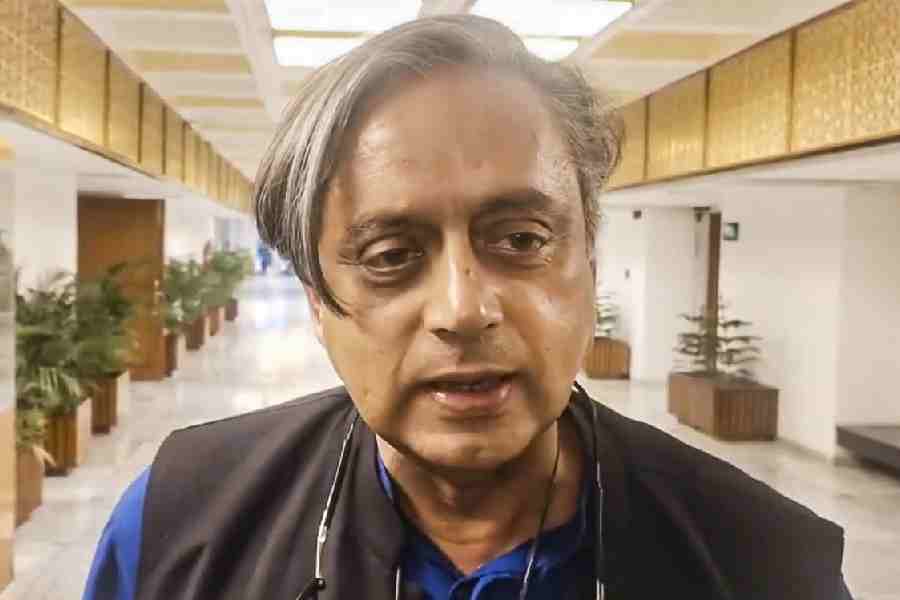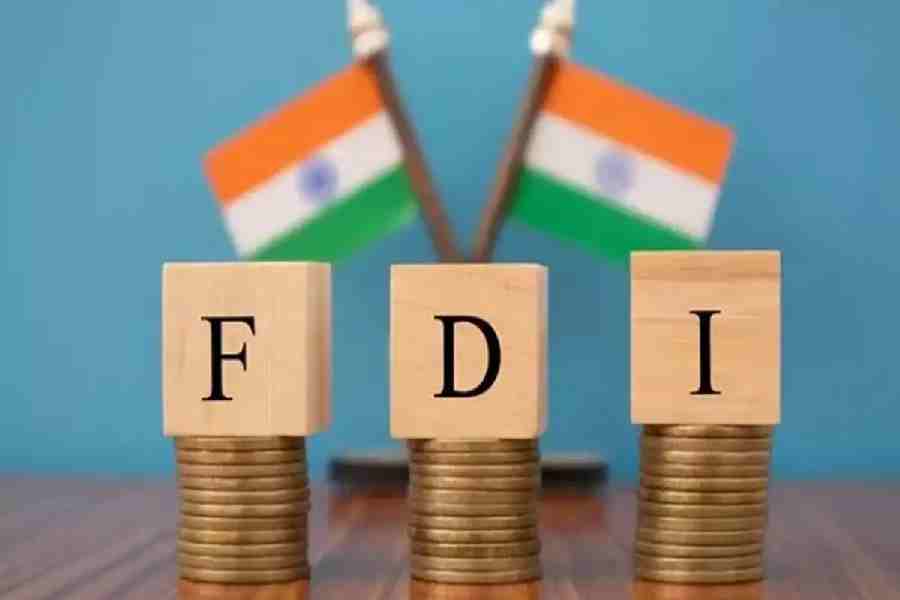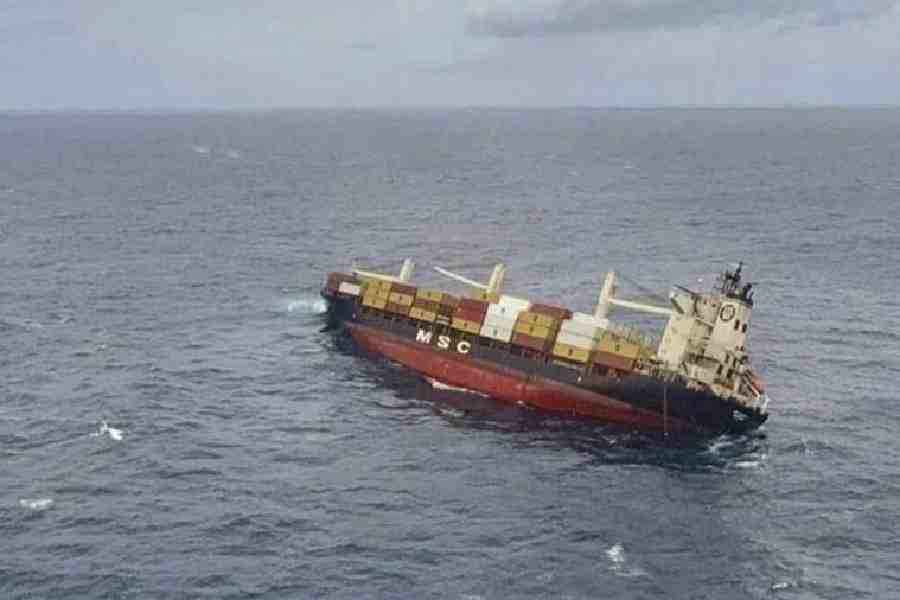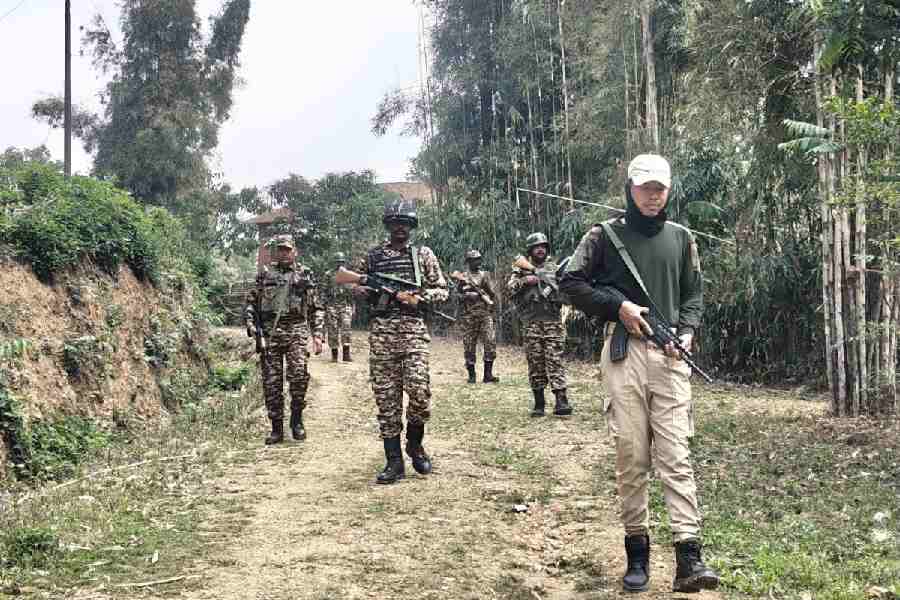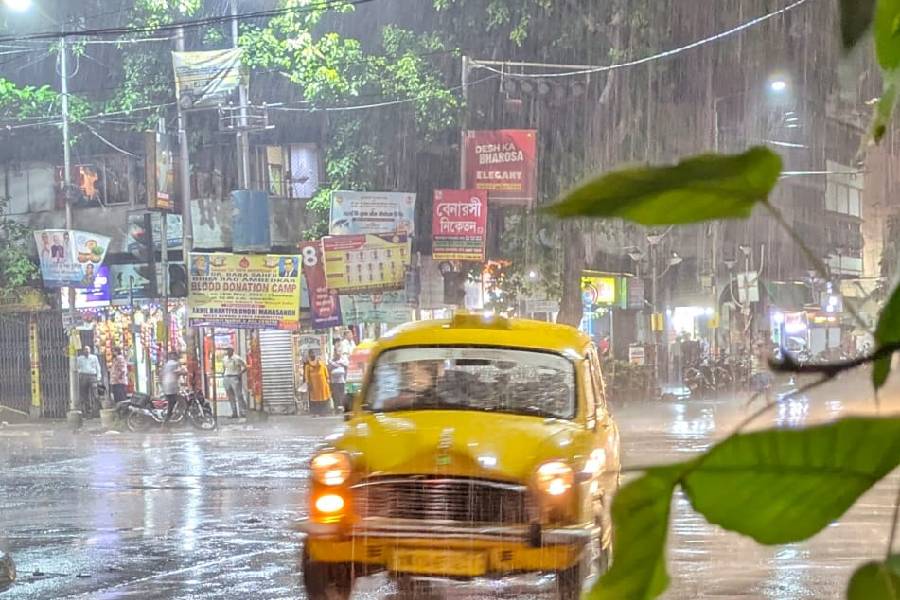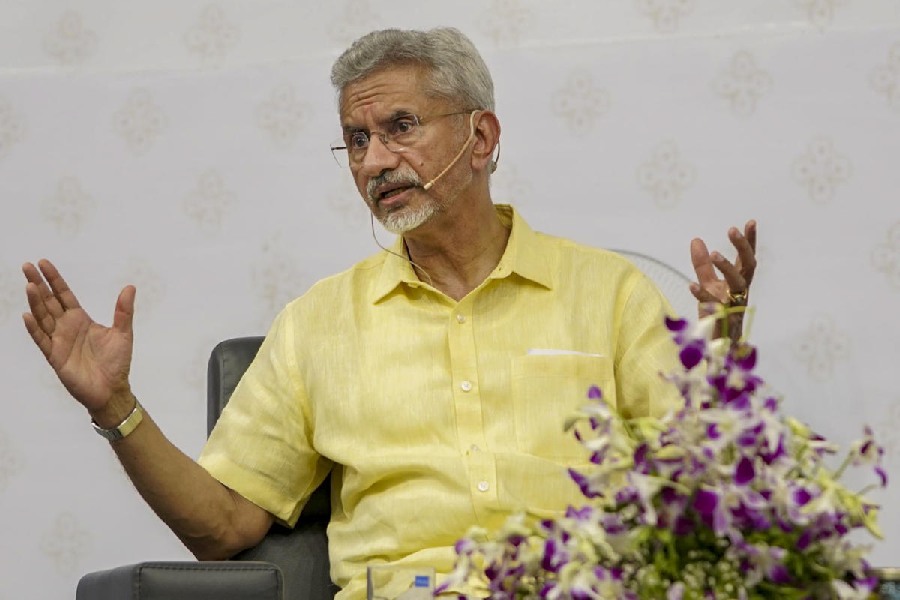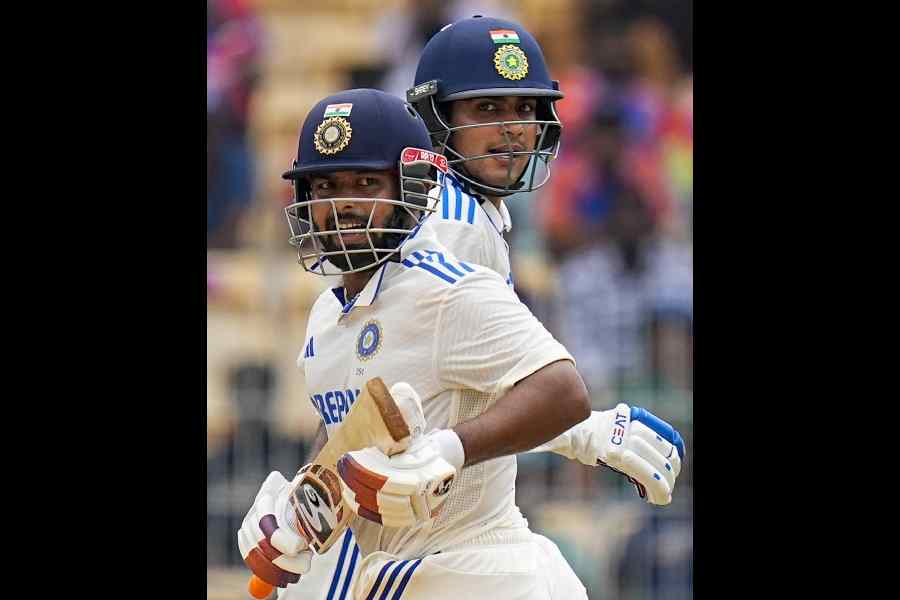
The Maharaja Express train chugs along through the deserts of Bikaner. A journalist crisscrosses the country on a bus for a whole month before the general elections. A filmmaker captures aerial perspectives of Calcutta. A documentary on the snow leopard focuses on mountains and rivers of Ladakh.
And a squat machine hovers in the air, capturing their movements.
In 2013, when Amazon chief Jeff Bezos spoke about his plans to use drones or unmanned aerial vehicles (UAV) for delivery services, reactions ranged from ridicule to ridicule. Three years on, Amazon is very much on track with its idea.
Deployed largely in war times, civilian uses of drones are a recent phenomenon across the world. But they are being used innovatively - and now in India, too.
These "eyes in the skies", with cameras strapped to them, are shortly to be deployed in 13 wildlife parks (to keep an eye on poachers, as well as beasts and birds), roads and railway construction sites (to track measurement and progress), fields (to monitor crop health) and mines (to measure ore extracts).
The National Design and Research Forum (NDRF), Bangalore, is working on developing a drone that will ferry a 20-40kg icebox with a human organ inside it to another hospital, say 100-150km away, for transplant purposes. Engineers are zeroing in on a final configuration of the custom-made drone, working on an idea mooted by doctors in Chennai and the United States, confirms NDRF director K. Ramachandra.
"It is a big challenge, but there is a conscious effort today to use drones, once exclusively used by the military, for civilian purposes such as medical emergencies," he says.

Drones are to be used by the Pradhan Mantri Fasal Bima Yojana, an insurance scheme for farmers, to measure crop area in a farm, among other things. A pilot study by Bangalore firm Enzen Global Solutions Private Limited to use drones fitted with equipment to read smart electricity meters and monitor algae growth in large reservoirs is currently underway.
And that's not all. In January this year, the Uttarakhand police made drone sorties from their post to the railway station 5km away to monitor crowds coming in for the mega Ardh Kumbh Mela at Haridwar. This was handled by the drone team of the Mumbai-based ideaForge, a drone manufacturing company.
CEO and founder of ideaForge, Ankit Mehta, concedes that the army is his "biggest buyer", but points out that the demand for drones has grown beyond security and surveillance. "The commercial use of drones in areas such as industry, agriculture, for large installations and the energy sector is developing fast," says the IIT alumnus and creator of NETRA, a drone which has the capacity to fly for 50 minutes traversing 5km.
Drones can be purchased for anything between Rs 40,000 and Rs 7 lakh. A number of drone players have emerged on the back of the growing demand. Some of these offer indigenously built custom-made drones, while some are distributors of imported drones from China. Some act as pilots, flying UAVs for aerial filming, data gathering, etc. Charges vary depending on the service, from Rs 15,000 to Rs 50,000 a day.
"Cheaper technology, smaller sensors, higher processing power and accessibility have all added to the popularity of drones," says documentary filmmaker-turned-tech entrepreneur Rahat Kulshreshtha.
Kulshreshtha teamed up with engineers Tanuj Bhojwani and Gaurav Mehta in 2014 to form Quidich, an aerial solutions company. Quidich offers drone services such as filming and photography, industrial surveys, emergency response for disaster management and so on. It streams live video for sports - it had filmed live the final of IPL 2016.
The trio's first assignment was for the Indian Railways, taking aerial shots of the Maharaja Express train. Quidich drones followed the television journalist during the elections, and took aerial shots of Calcutta and Ladakh.
"In movies, drones are used to replace the more expensive helicopter shot or to shoot a wide angle encompassing view," says cinematographer Ravi Varman, who used a drone in the Ranbir-Deepika-starrer Tamasha. It was a drone, once again, which captured some of actor Rajinikanth's supernatural fights inside a helium balloon flying over a reservoir in the tense climax scenes of Lingaa.
Drones, small and big, are making their presence felt in India. But Shinil Shekhar, co-founder of Airpix, a drone manufacturing and services firm, believes that technology has to develop further to give drones more flight time, higher payload capacity and safety features.
"As these things develop, the growth will be exponential. Any industry which finds it difficult to collect data in terms of accessibility or is hampered by the size of the area will find drones a crucial tool to provide more efficient and effective solutions," Shekhar says.
Take for instance, the use of drones in wildlife conservation. The Dehradun-based Wildlife Institute of India (WII) had tied up with the World Wildlife Fund - International to conduct a feasibility study for the use of drones to monitor wildlife at the Panna Tiger Reserve in Madhya Pradesh in 2014. Custom-made drones, covering distances up to 40km, were deployed in different parts of the sprawling forest.
"We found it useful because our wildlife preserves are so inadequately staffed and depend on leg-based management," says K. Ramesh, scientist, WII. The presence of drones acted as a deterrent to poachers too, he adds. Based on this pilot study, the National Tiger Conservation Authority (NTCA) will soon deploy drones in 13 tiger parks after acquiring clearances from the concerned ministries, says H.S. Negi, IG, NTCA.
Pritam Ashutosh Sahu, co-founder, Edall Systems, points out that GAIL, the state-run natural gas processing and distribution company, has floated a tender for drone inspections of their pipelines in Madhya Pradesh. "It is difficult to say where drone applications are headed today as newer applications are emerging every day," he says.
T.R. Mughilan is the co-founder and chief designer of the Bangalore-based start-up, Skylark Drones. His company provides data from drone surveillance and also interprets them for customers. Mughilan believes drones will help digitise India. "Facebook can realise its dream to take Internet to the villages through drones," he says.
While civilian drone enthusiasts are going strong, the use of drones commercially has been hampered by the lack of clarity on regulations. Kulshreshtha says it took him a month to acquire permissions from different government departments and police to fly drones for the live filming of the recently concluded IPL 2016.
Last year, the directorate-general of civil aviation (DGCA), perturbed by the proliferation of drones into "recreational fields", laid down some temporary guidelines.
Drone users have to register with the DGCA for a unique identification number, apply for permits and so on. They cannot fly above 200 feet or near airports, defence establishments and other sensitive areas.
According to Lalit Gupta, joint director-general of DGCA, "comments from the concerned agencies" on the guidelines are being reviewed currently and the final version on drone usage will be up on the DGCA website soon.
Once dubbed Lilliputian spies for their surveillance abilities, drones are pushing the envelope. Look out for the eye in the sky.


